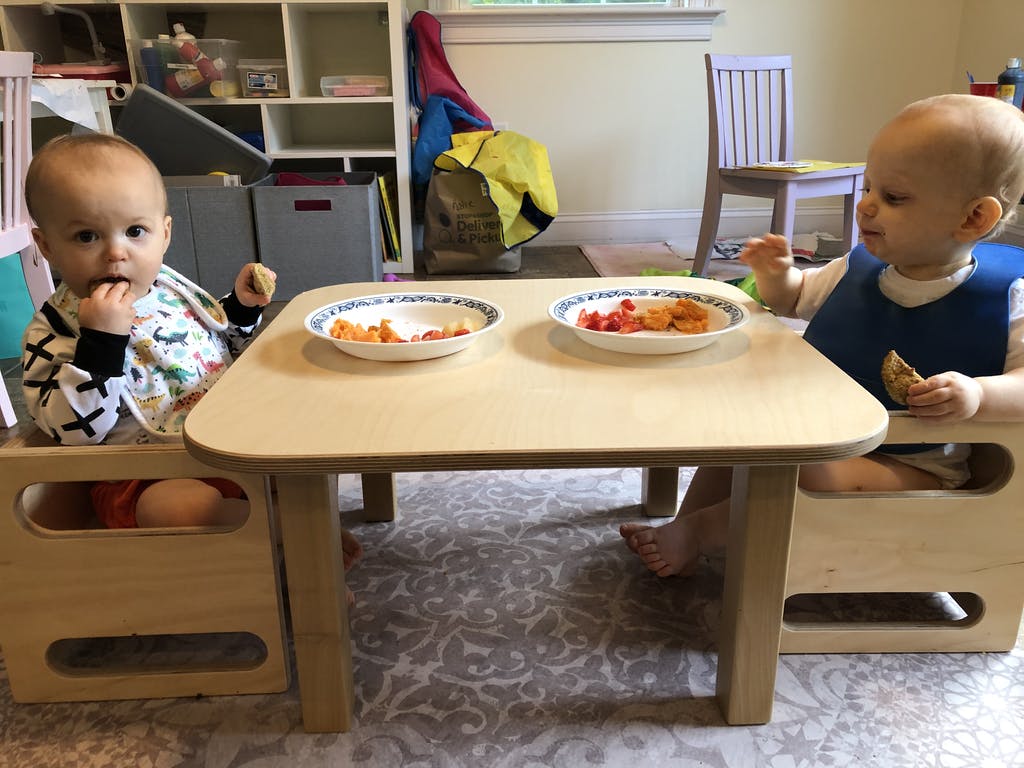
Introducing solid foods to your baby? Try baby-led weaning!
Share
What is baby-led weaning and what are its benefits?
Baby-led weaning, BLW for short, is a natural and effective approach to introducing solid foods to your baby. Rather than following a strict schedule or feeding purees from a spoon, baby-led weaning allows your baby to explore different textures and flavors at their own pace, using their hands and fingers to feed themselves. This approach has many benefits for both babies and parents.
One of the main benefits of baby-led weaning is that it supports your baby's physical and cognitive development. When babies are allowed to feed themselves, they develop important skills such as hand-eye coordination, fine motor control, and problem-solving. This can also help to improve their appetite and digestion, as they are able to eat at their own pace and signal when they are full.
Baby-led weaning also has psychological benefits. It allows babies to exercise their autonomy and independence, which is important for their emotional and social development. It also helps to build trust and communication between parents and their children. Rather than feeling frustrated or pressured to eat, babies are able to explore and enjoy food in a positive and nurturing environment.
Another advantage of baby-led weaning is that it can make meal times more enjoyable for parents. Rather than spending time preparing and pureeing food, parents can offer a variety of healthy, whole foods for their baby to explore. This can also save money, as you won't need to buy expensive baby food or specialized feeding equipment. While there are many baby-led weaning recipes out there, you can keep it simple. Some of the best Baby-led weaning foods include soft fruits and vegetables, small pieces of soft cooked meat, and pieces of soft-cooked pasta or rice.
One important consideration when practicing baby-led weaning is the environment in which your baby is eating. Having low tables and toddler stools can make it easier and more comfortable for your baby to feed themselves. These types of tables and chairs allow your baby to sit at a comfortable height, making it easier for them to reach and pick up food. They also provide a stable and secure surface for your baby to eat from, reducing the risk of spills and mess.
When children are first starting to sit up on their own, it is best for them to sit directly on the floor at a table that is extra low. At 8 inches high, our Infant height tables, such as the Square Table and Kidney Table, are great options. This allows them to have a stable and secure base to support their developing motor skills. As they become more confident at sitting, they can begin to transition to a chair at a taller 13 inch Toddler height Table. This higher surface allows them to practice their balance and coordination, and also helps to bring them closer to the table to interact with other children and participate in activities. It is important to make sure that the stool is sturdy and secure, and that the child is supervised at all times when sitting on it.
At RAD Children's Furniture, we specialize in creating high-quality, sustainable furniture that is perfect for baby-led weaning. Our low tables and toddler stools are made from natural materials, such as birch, and are designed to be both functional and beautiful. They are also durable and easy to clean, making them a great investment for families who want to support their baby's development.
All things considered, baby-led weaning is a natural and effective way to introduce solid foods to your baby. It supports your baby's physical, cognitive, and emotional development, and can make meal times more enjoyable for both parents and children. Having low tables and toddler stools can help to create a comfortable and safe environment for your baby to eat in, and RAD Children's Furniture offers a range of beautiful and sustainable options.
Looking for more baby-led weaning techniques, advice or tips and tricks?
There are many additional resources available for parents who are interested in learning more about baby-led weaning. Some good places to start include online forums and discussion groups where parents can share tips and advice with each other, as well as blogs and websites that offer detailed information and recipes for baby-led weaning. In addition, many parenting books and magazines also offer advice and guidance on baby-led weaning, and some healthcare providers may be able to provide additional information and support. It is important for parents to do their own research and consult with their healthcare provider before starting baby-led weaning with their child.
Have you tried or thought about trying baby-led weaning? Let us know your thoughts and experiences in the comments!










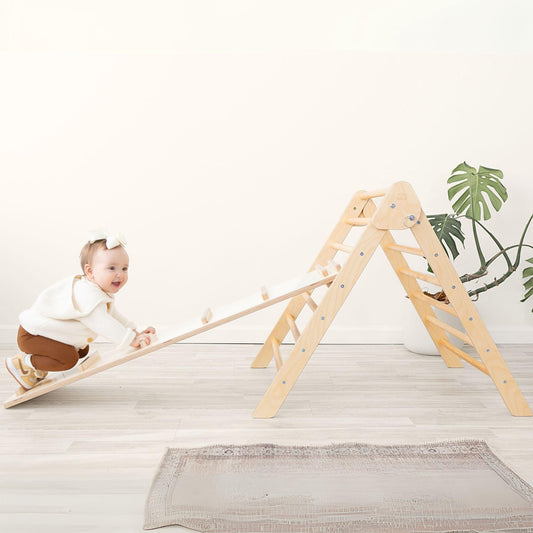

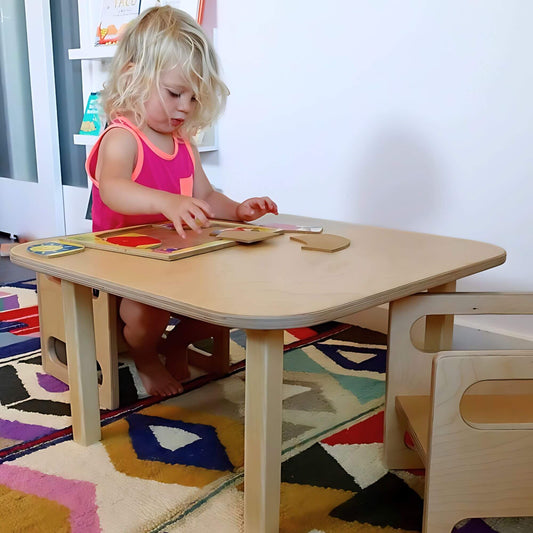

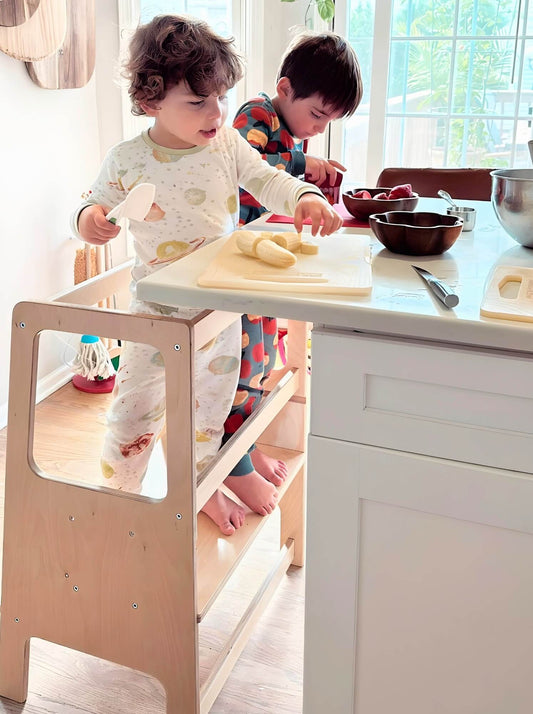

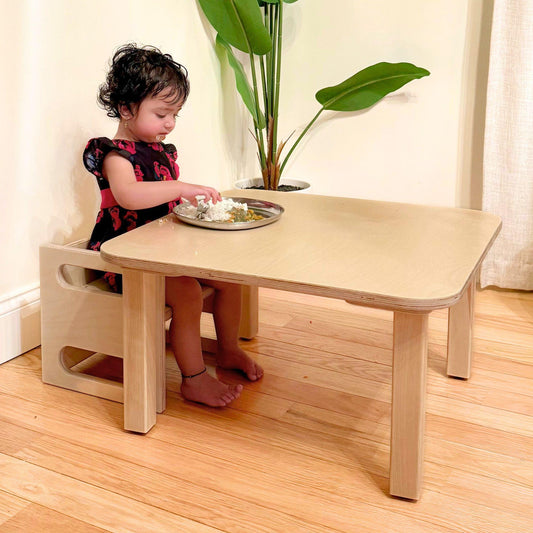
 Off
Off
